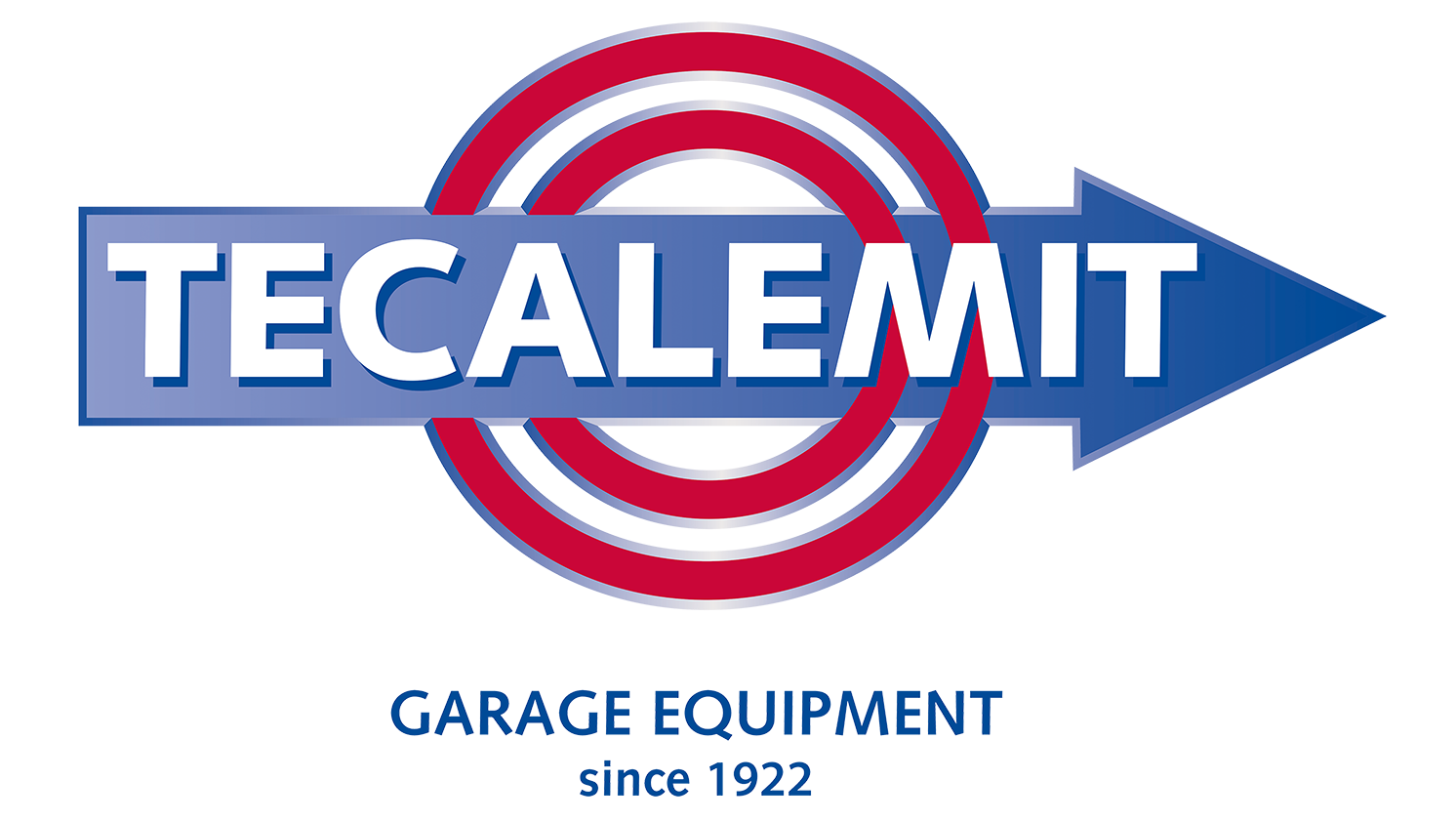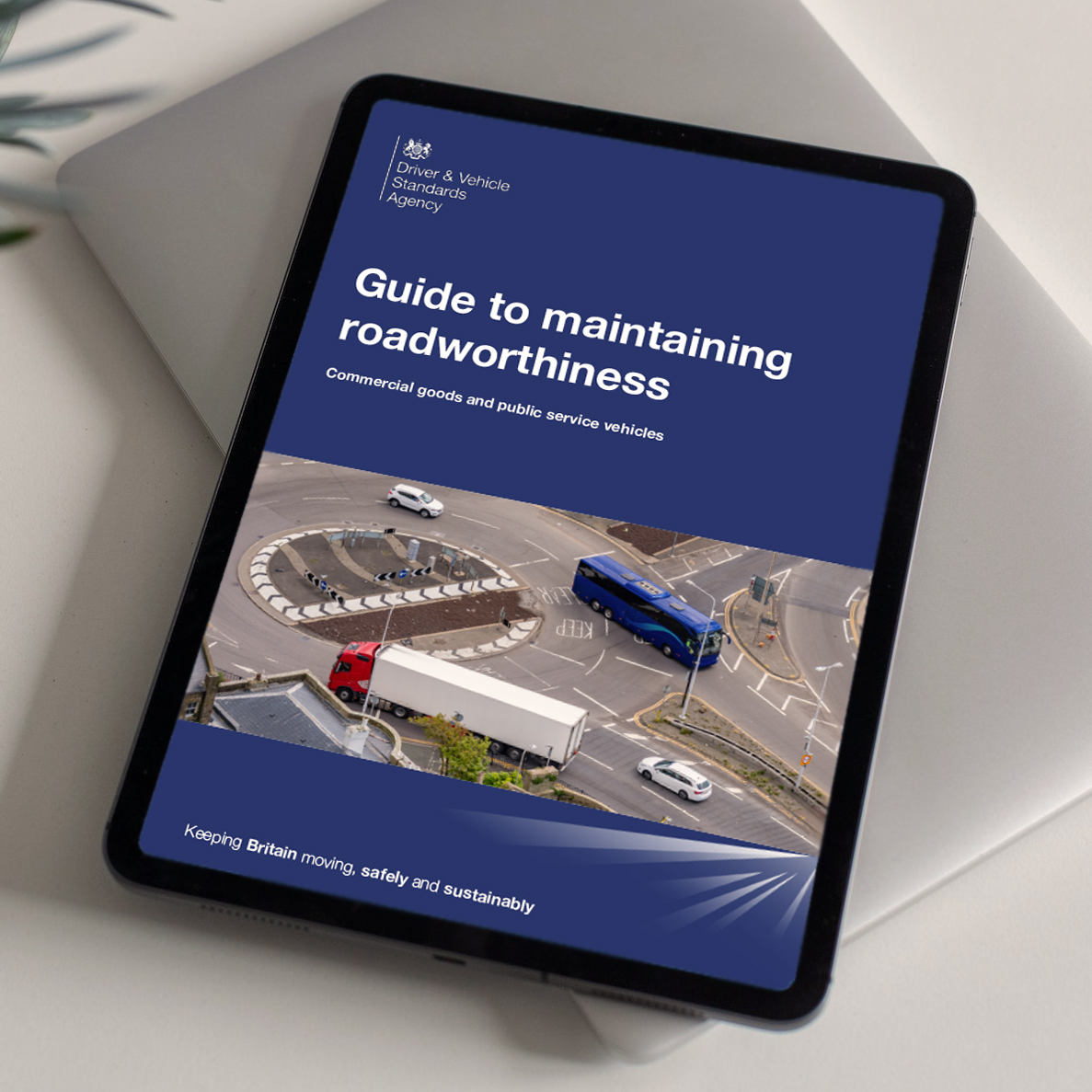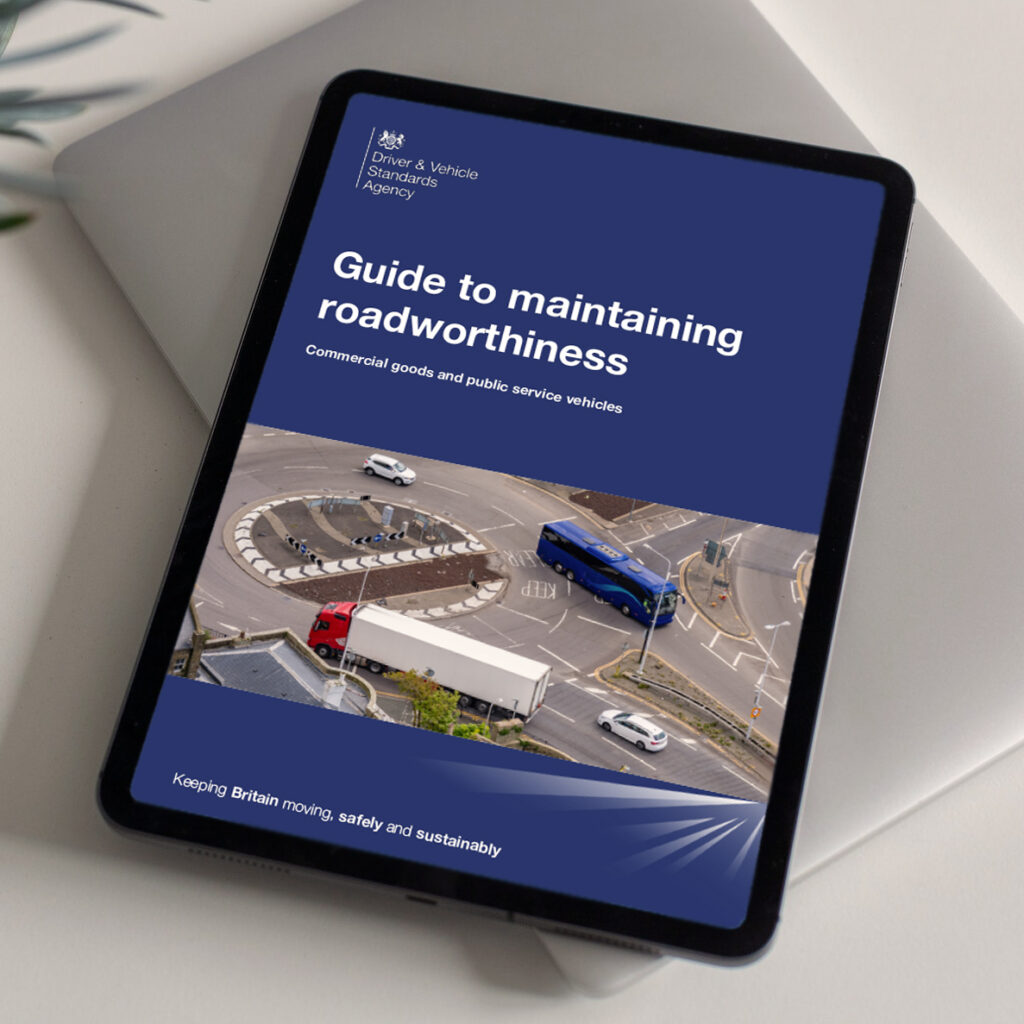Improvements have been made to the Guide to Maintaining Roadworthiness for HGV and PSV fleets in Great Britain. It includes best practice advice for transport managers and drivers on various items to keep vehicles safe. According to the DVSA, the revised guide is essential for transport managers and drivers of lorries and buses.
This comprehensive guide, which is accessible online, provides information on tyre management, walkaround checks, towing, brake performance, emissions and fuel management, and reportable incidents for public service vehicles (PSVs). It offers valuable advice on what to look for during inspections.
Encouraging operators to read the updated guidance, the DVSA said: “Keeping to good maintenance schedules will help keep operators and drivers safe on the road and help prevent incidents from happening.”
Safety Inspections
It is essential to understand that more than just relying on a maintenance program is required to ensure the roadworthiness of vehicles. Accordingly, best practice requires a combination of high-quality maintenance procedures and skills, along with effective supervision and management of the roadworthiness system.
Alongside daily walkaround checks, operators must run a program of periodic safety inspections. These must be conducted at set intervals per the declaration on the VOL system. These safety inspections must include all the items covered by the statutory annual test, following the assessment procedures outlined in the inspection manual.
Tecalemit offers a comprehensive range of workshop equipment appropriate for conducting safety inspections to the required standards. The range includes in-ground and mobile brake testers plus heavy-duty play detectors, all suitable for HGVs and PSVs.
Recognition Scheme
The guide also includes details of the DVSA-earned voluntary recognition scheme. The scheme aims to alleviate enforcement pressure on operators with a history of compliance with the required standards.
By using key performance indicators, compliance can be monitored effectively, potentially eliminating the need for roadside inspections or operator visits. This will give the DVSA confidence that the transport operation is being managed effectively and in compliance with regulations.
The guide also includes examples of driver’s vehicle defect reports, safety inspection records for PSVs, and maintenance contracts. It also features specimen maintenance planners in the annexes.


